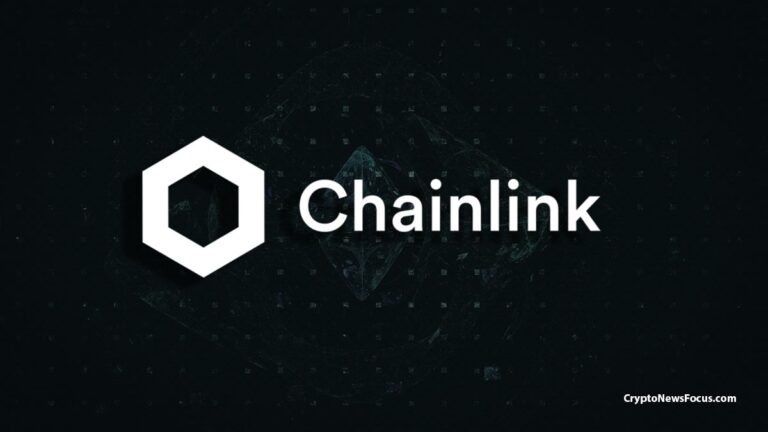In an ever-evolving world, the role of government in shaping societies and economies cannot be understated. Traditional thinking within bureaucratic structures often hinders progress and innovation, but embracing creative approaches can unlock the potential for positive change. Here’s a comprehensive guide on how governments can harness creative thinking to address challenges and drive meaningful outcomes.
Embracing Creativity in Government
Governments worldwide are increasingly recognizing the importance of creativity in policy-making and governance. According to the World Economic Forum, creativity will be one of the top three skills needed to thrive in the Fourth Industrial Revolution. Governments must foster environments that encourage creative thinking to stay relevant and effective.
Ethereum News: Ethereum (ETH) Outshines Etsy And Robinhood In Q1 Revenue
Understanding the Benefits of Creative Thinking
- Problem-solving: Creative thinking allows governments to approach problems in new ways, identifying innovative solutions that traditional methods might overlook.
- Innovation: Creativity drives innovation, enabling governments to develop new policies, programs, and services that better meet the needs of citizens.
- Adaptability: Creative thinking fosters flexibility, allowing governments to adapt quickly to changing circumstances and emerging challenges.
Strategies for Fostering Creativity
- Cultivating a Culture of Innovation:
- Encourage Openness: Create an environment where new ideas are welcomed and individuals feel safe to express unconventional thoughts.
- Support Diversity: Embrace diversity of thought, background, and experience to bring different perspectives to the table.
- Promote Collaboration: Foster interdisciplinary collaboration across government departments and with external stakeholders.
- Investing in Creativity:
- Training and Development: Provide training in creative problem-solving techniques and design thinking to government employees.
- Allocating Resources: Dedicate resources to support experimental initiatives and pilot projects that test new ideas.
- Using Technology to Drive Creativity:
- Data Utilization: Leverage data analytics to identify trends and insights that inform creative solutions.
- Digital Tools: Use digital platforms and tools to crowdsource ideas and engage with citizens on policy development.
Examples of Creative Government Initiatives
- Estonia’s E-Governance: Estonia has implemented one of the most advanced e-governance systems globally, providing citizens with digital identity cards and allowing them to access government services online.
- Singapore’s Smart Nation Initiative: Singapore is transforming into a smart nation by harnessing technology and data to improve urban living and government efficiency.
- Nudge Theory in the UK: The UK government uses behavioral insights to ‘nudge’ citizens towards better decisions, such as saving energy or paying taxes on time.
Ripple News: Ripple’s Crossroads: XRP Price Vulnerability Amidst Government Ties
Overcoming Challenges
- Resistance to Change: Traditional bureaucratic structures and risk-averse mindsets can hinder the adoption of creative thinking.
- Resource Constraints: Budget limitations and competing priorities may restrict the ability to invest in creative initiatives.
- Measuring Impact: It can be challenging to quantify the impact of creative initiatives on policy outcomes and citizen satisfaction.
As we look to the future, the importance of creative thinking in government will only grow. Governments must continue to evolve and adapt to meet the needs of their citizens in an increasingly complex and interconnected world. By embracing creativity, governments can unlock new opportunities for innovation, efficiency, and citizen engagement, ultimately creating a brighter future for all.
Creativity is a powerful tool that governments can use to address the challenges of the 21st century effectively. By fostering a culture of innovation, investing in creativity, leveraging technology, and learning from successful examples, governments can unlock the full potential of creative thinking. This approach will enable them to deliver better outcomes for citizens and drive positive change on a global scale.







